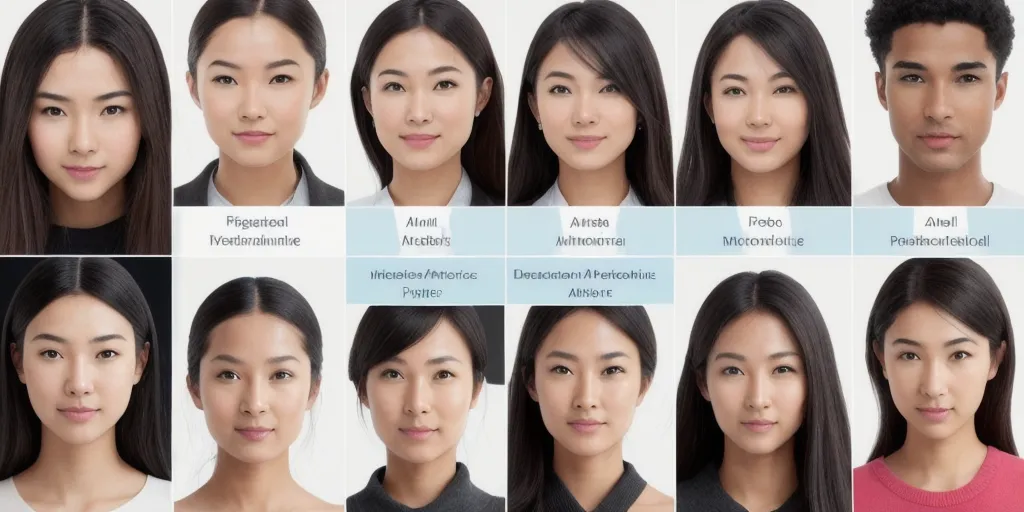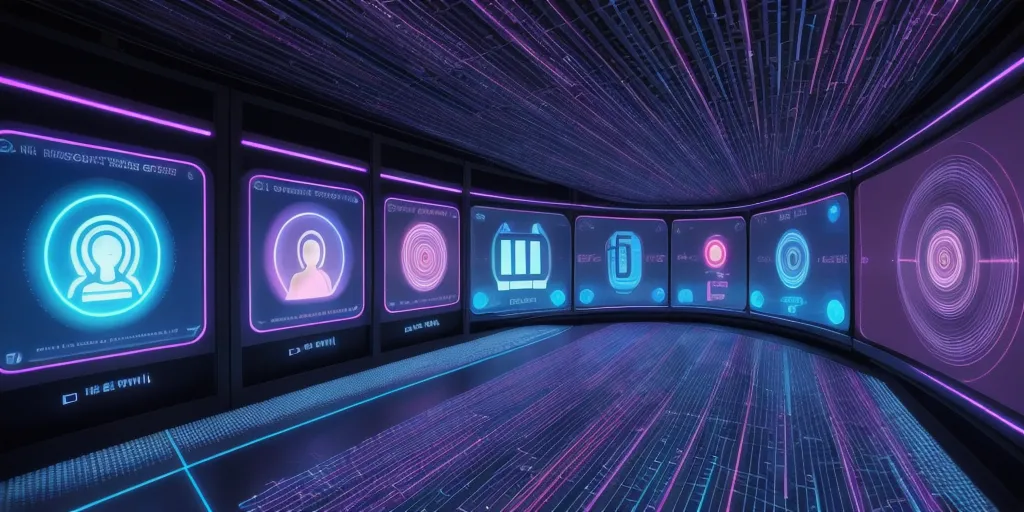Text to video AI works by utilizing advanced algorithms to analyze and interpret written text, and then converting this text into a visual representation in the form of a video. This process involves several key steps, starting with natural language processing to understand the context and meaning of the text.
The AI then selects relevant images, videos, and animations to match the content of the text, ensuring that the video accurately reflects the message being conveyed.
Next, the AI arranges these visual elements in a coherent and engaging manner, taking into account factors such as pacing, transitions, and visual appeal. Finally, the AI generates the final video output, which can be customized further by users to meet their specific needs. Overall, text to video AI streamlines the process of creating videos from written content, saving time and resources while producing high-quality visual content.
This technology has a wide range of applications, from marketing and advertising to education and entertainment, making it a valuable tool for businesses and individuals looking to enhance their video production capabilities.
What are the key steps in text to video ai process?

The key steps in the text to video AI process involve several important stages. Firstly, the text data must be collected and analyzed to identify the key themes and messages that need to be conveyed in the video. This step is crucial in determining the overall direction and content of the video.
Next, the text is converted into a script that will serve as the foundation for the video production. This script outlines the dialogue, scenes, and visual elements that will be included in the video.
Once the script is finalized, the AI technology is used to generate the visuals and animations that will bring the script to life. This process involves using algorithms to create realistic and engaging visuals that complement the text. After the visuals are generated, the video is edited and refined to ensure that it flows smoothly and effectively communicates the intended message.
Finally, the video is rendered and exported in the desired format for distribution. Overall, the text to video AI process involves careful planning, creative execution, and technical expertise to produce high-quality videos that effectively convey the intended message.
How does text to video ai interpret written text?

Text to video AI interprets written text by utilizing natural language processing algorithms to analyze the text and extract key information such as context, tone, and sentiment. This process involves breaking down the text into smaller components, identifying keywords, and understanding the relationships between words to generate a coherent narrative.
The AI then uses this information to select relevant images, videos, and animations that correspond to the text, creating a visual representation of the written content. Additionally, text to video AI can incorporate voiceovers, music, and other audio elements to enhance the overall viewing experience.
By combining advanced machine learning techniques with sophisticated algorithms, text to video AI is able to accurately interpret written text and transform it into engaging video content.
This technology has revolutionized the way businesses communicate with their audience, allowing for the creation of dynamic and visually appealing videos from written content in a matter of minutes. Overall, text to video AI offers a powerful tool for content creators looking to convey their message in a more engaging and interactive format.
What factors does text to video ai consider for visual appeal?

Text to video AI considers several factors for visual appeal. Firstly, color scheme plays a crucial role in capturing the viewer’s attention. The AI analyzes the text and selects appropriate colors that complement the message and evoke the desired emotions.
Secondly, the AI considers the use of imagery and graphics to enhance the visual experience. By incorporating relevant visuals that align with the text, the video becomes more engaging and informative. Additionally, the AI takes into account the layout and design of the video, ensuring that the text is presented in a clear and visually appealing manner.
This includes factors such as font style, size, and placement on the screen. Furthermore, the AI may also consider motion graphics and animations to add a dynamic element to the video, making it more visually stimulating.
Overall, text to video AI carefully evaluates these factors to create visually appealing content that effectively conveys the intended message to the audience.
How can text to video ai be customized by users?

Text to video AI can be customized by users through a variety of methods. One way users can customize text to video AI is by selecting different styles and templates to match their desired aesthetic. This allows users to create videos that align with their brand or personal preferences.
Additionally, users can customize the text itself by choosing fonts, colors, and animations to make the video more engaging and visually appealing. Users can also customize the voiceover by selecting different accents, tones, and languages to suit the content of the video.
Furthermore, users can customize the pacing and transitions of the video to ensure that it flows smoothly and effectively conveys the intended message. Overall, customization options for text to video AI are extensive and allow users to create unique and professional-looking videos tailored to their specific needs and preferences.
By taking advantage of these customization features, users can enhance the quality and impact of their videos, making them more engaging and memorable for their audience.